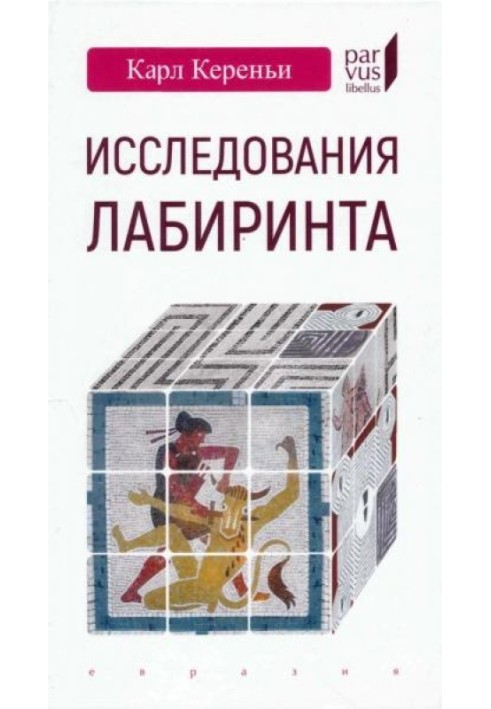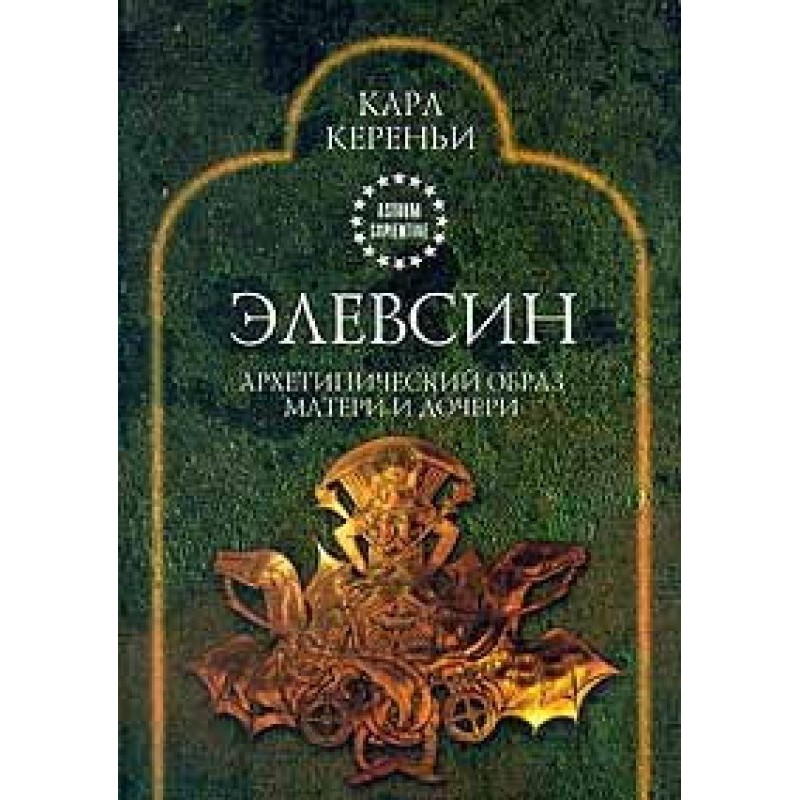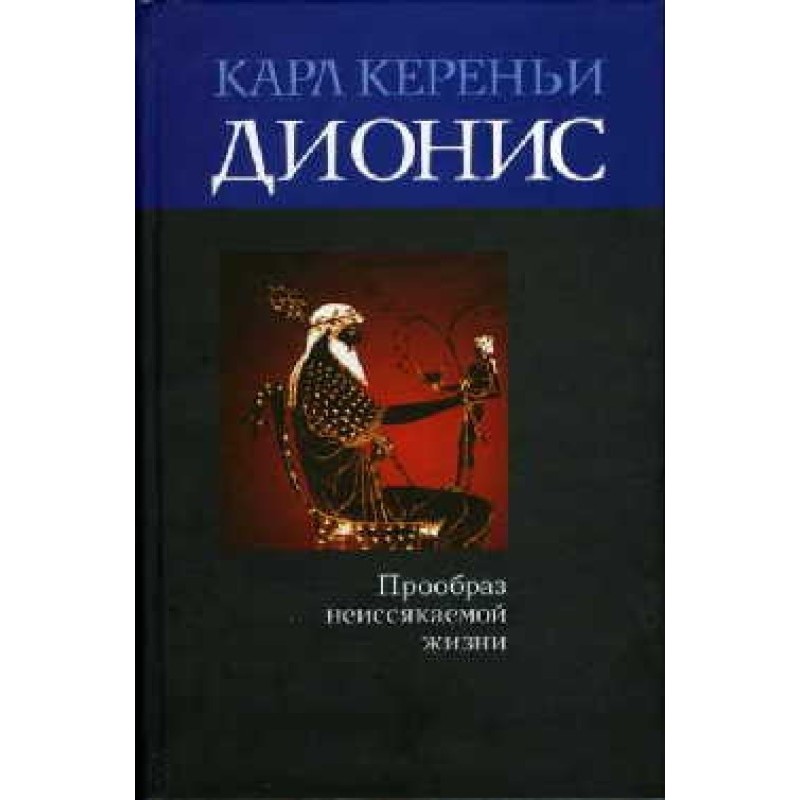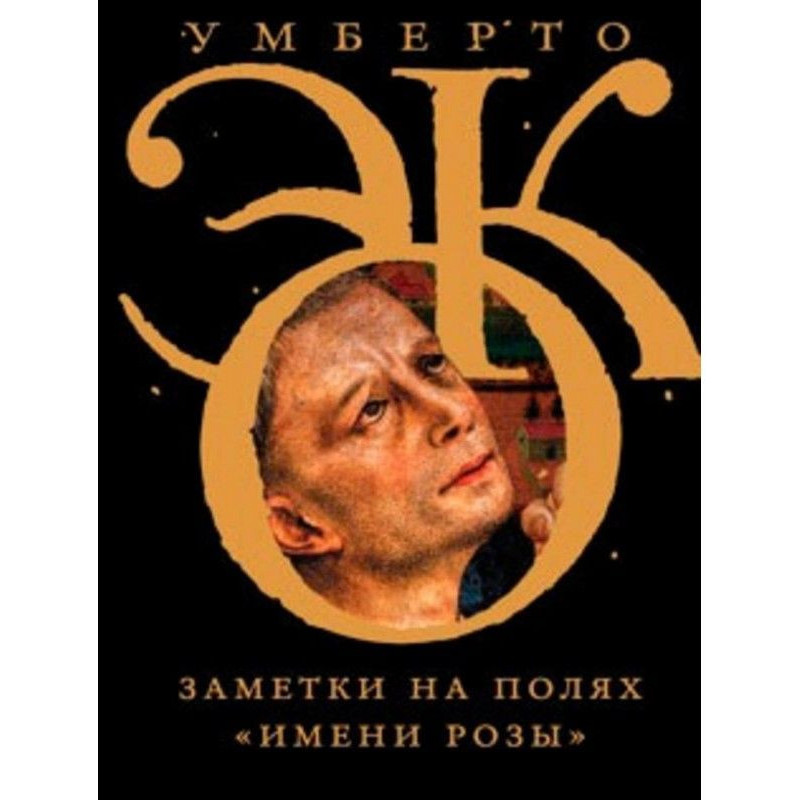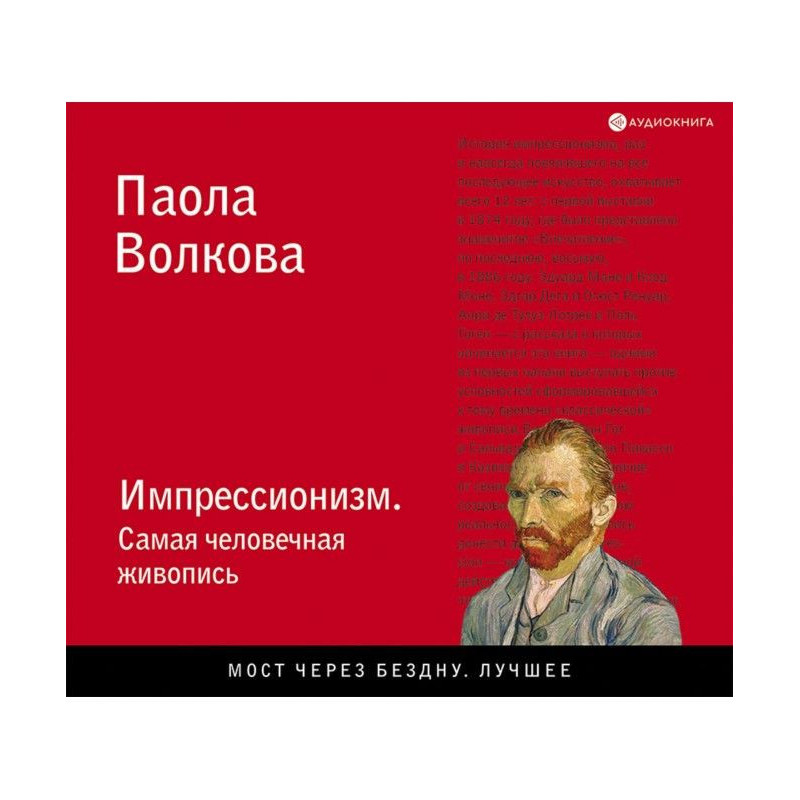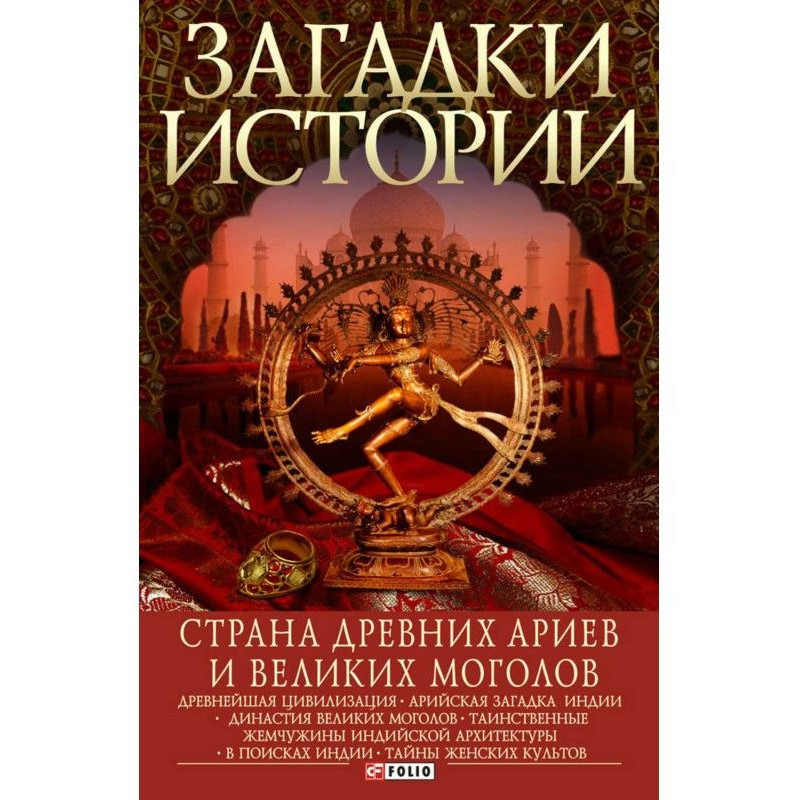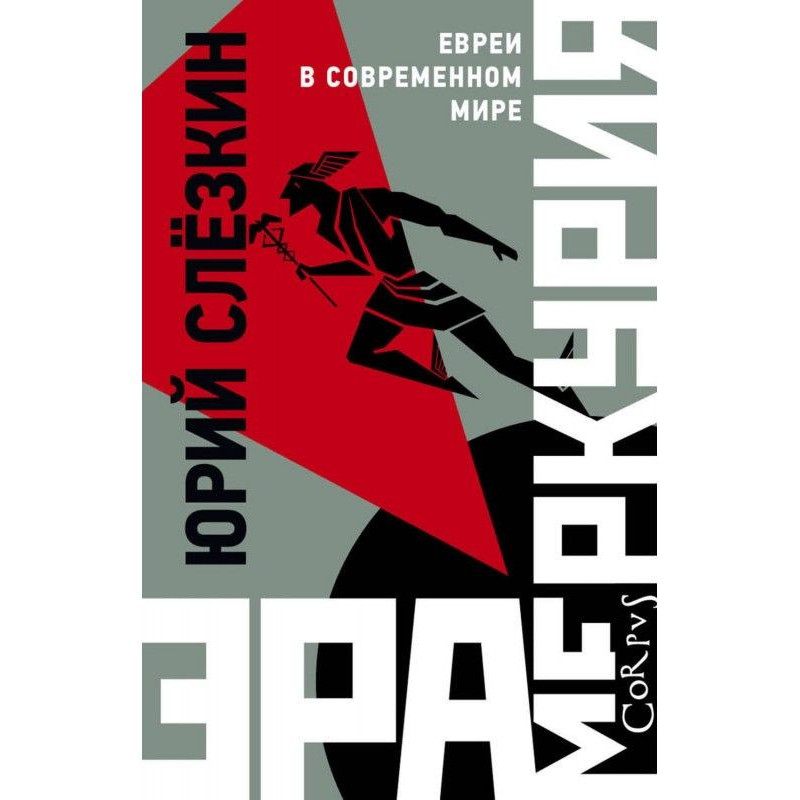Maze exploration
 Instant download
Instant download
after payment (24/7)
 Wide range of formats
Wide range of formats
(for all gadgets)
 Full book
Full book
(including for Apple and Android)
Where did the mysterious image of a labyrinth come to us? What psychological, mythological and ritual reality underlies this graphic metaphor? Where can Ariadne's thread lead Theseus? And how is the labyrinth connected with the afterlife? These and other questions are answered in a small study, but very rich in content, by the famous Swiss classical philologist Karl Kerenyi, known to domestic readers from the book “The Eleusinian Mysteries” and the joint work “The Trickster” with P. Radin and C. G. Jung . The wide range of material attracted by the scientist - from ancient Babylon to medieval England and archaic Scandinavia - allows him not only to comprehensively describe this mythological image, but also to decipher a whole range of plots from classical antiquity and medieval European culture.
Carl Kerenyi - Exploring the labyrinth. // Translation by Vlasov N.A. – St. Petersburg: LLC Publishing House “Eurasia”, 2020. – 160 p. – ISBN 978-5-8071-0466-3
CONTENTSFrom the author (5)1. Problem and mystery (11)2. Babylon (14)3. Life and Death (24)4. Seram, Polynesia, Australia (32)5. Scandinavia, England, Germany (45)6. The Middle Ages and Virgil (57)7. Building and cave (62)8. Dance (69)9. Dive and Flight (82)10. Infinite and immortal (87)11. Ornament and meaning (101)12. Normans and Romans (122)Notes (135)List of images (153)
Data sheet
- Name of the Author
- Карл Кереньи
- Language
- Russian
Reviews
Вражаюче дослідження!
Ця книга є справжнім відкриттям для всіх, хто цікавиться міфологією, психологією та культурою. Карл Кереньї вміло поєднує різноманітні історичні та культурні контексти, щоб розкрити глибокий сенс лабіринту як символу. Його аналіз починається з давнього Вавилону і простягається до середньовічної Англії, що дозволяє читачеві зрозуміти, як цей образ еволюціонував у різних культурах. Книга не лише інформативна, але й надихає на роздуми про людську природу, пошуки сенсу та зв'язок з потойбічним світом. Рекомендую всім, хто хоче заглибитися в складні питання міфології та психології!
Глибоке та багатогранне дослідження
Книга "Дослідження лабіринту" Карла Кереньї вражає своєю глибиною та багатогранністю. Автор не лише розглядає лабіринт як міфологічний образ, але й занурюється в його психологічні та культурні аспекти, що робить цю роботу надзвичайно цінною. Я особливо вражений тим, як Кереньї пов'язує різні культури та епохи, показуючи, що лабіринт є універсальним символом, який відображає людські страхи, надії та пошуки. Книга написана зрозумілою мовою, що робить її доступною для широкого кола читачів. Обов'язково рекомендую всім, хто цікавиться міфологією та культурологією!
Не зовсім те, що очікував
Хоча я сподівався на більш глибоке дослідження лабіринту як символу, книга виявилася досить загальною. Деякі розділи, зокрема про Скандинавію та середньовіччя, здавалися не зовсім завершеними і не давали чіткої відповіді на питання, які піднімалися на початку. Можливо, я очікував більшого акценту на конкретних прикладах, які б ілюстрували концепції, про які говорить автор. Незважаючи на це, книга все ж може бути цікавою для тих, хто тільки починає знайомитися з темою. Але для досвідчених читачів вона може не дати нових знань.
Не зовсім зрозуміло
На жаль, книга "Дослідження лабіринту" не виправдала моїх очікувань. Хоча тематика дуже цікава, стиль написання автора іноді здається занадто складним і заплутаним. Я втратив нитку розповіді в деяких розділах, і мені важко було зрозуміти, яку основну ідею намагається донести Кереньї. Можливо, я очікував більш структурованого підходу до теми. Для тих, хто вже має певні знання в цій галузі, книга може бути цікавою, але для новачків вона може виявитися важкою для сприйняття.

